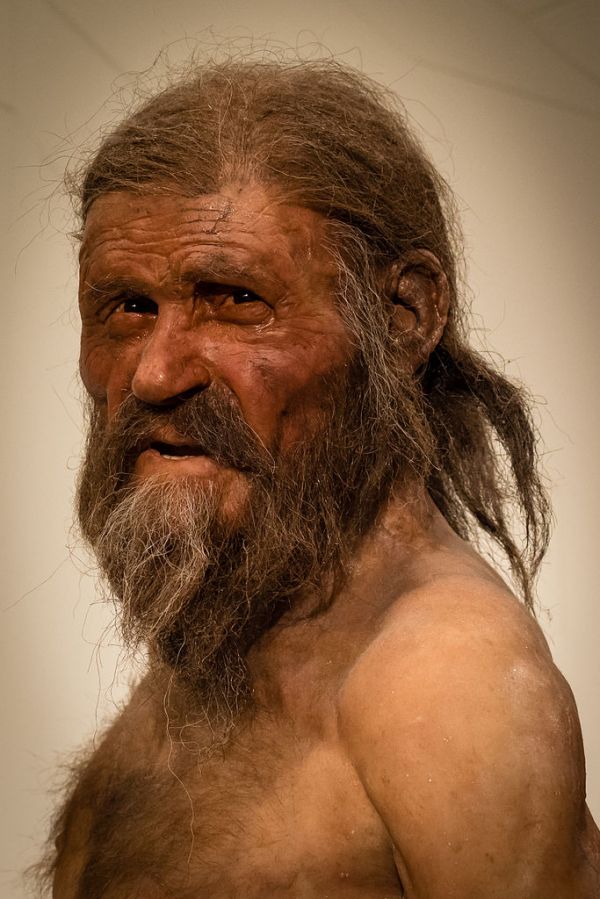The findings give us a lot to think about how humans -and bacteria- migrated around the globe thousands of years ago. Read more about the discovery at Science magazineWhen they compared Ötzi’s H. pylori genome with other types from around the world, they got a surprise—Ötzi’s type most closely resembled one from Asia, not those found today in Europe or Africa. This provides insights not only into Ötzi’s health, but also the movements of his ancestors. Ötzi’s own DNA most closely resembles that of early European farmers who originally came from the Middle East. But his bacterial strain most closely matches strains in India and South Asia today, which cluster together in the hpAsia2 population. Today’s hpEurope strain has far more DNA from the African type of H. pylori than does Ötzi’s Asian strain, notes lead author Frank Maixner, a microbial ecologist at EURAC.
He says this suggests a new scenario: The ancestors of early European farmers such as Ötzi must have carried H. pylori with DNA from Asian strains perhaps in the Middle East before they migrated to Europe. Then, new immigrants carrying African microbes arrived in Europe much later, after Ötzi lived. The two types of microbes mixed in these migrants, creating today’s European strain much more recently than expected.
Welcome to ...
The place where the world comes together in honesty and mirth.
Windmills Tilted, Scared Cows Butchered, Lies Skewered on the Lance of Reality ... or something to that effect.
Windmills Tilted, Scared Cows Butchered, Lies Skewered on the Lance of Reality ... or something to that effect.
Tuesday, January 12, 2016
Ötzi the Iceman Had Asian Ulcer Bacteria
Ötzi the Iceman
is the name given to a frozen mummy of a man who was murdered 5300
years ago. Scientists have been studying the relatively well-preserved
remains since he was found in the Italian Alps in 1991. The latest
finding is that Ötzi carried Helicobacter pylori, the bacteria that causes ulcers, in his gut. Many people carry H. pylori without
ever developing ulcers, and scientists have identified different
strains of the bacteria in different parts of the world. And that's
where Ötzi's story makes a left turn. Or right, depending on how you
read maps.
Subscribe to:
Post Comments (Atom)


No comments:
Post a Comment